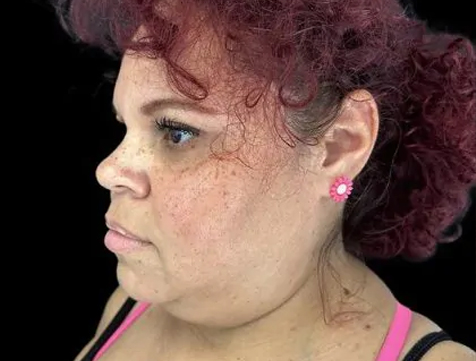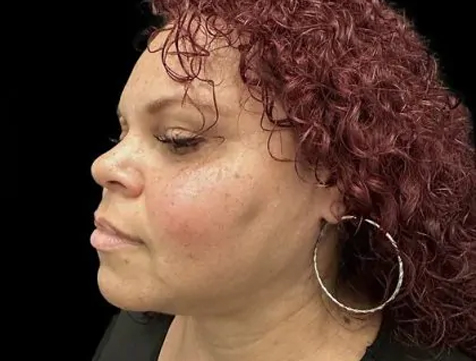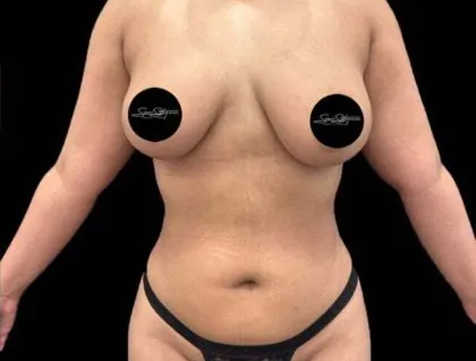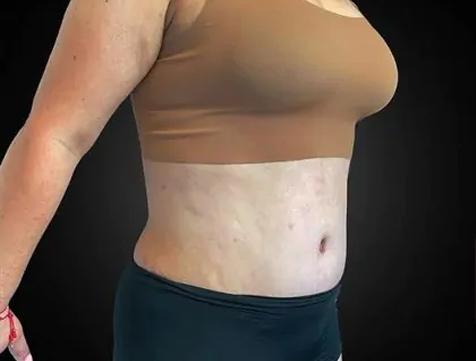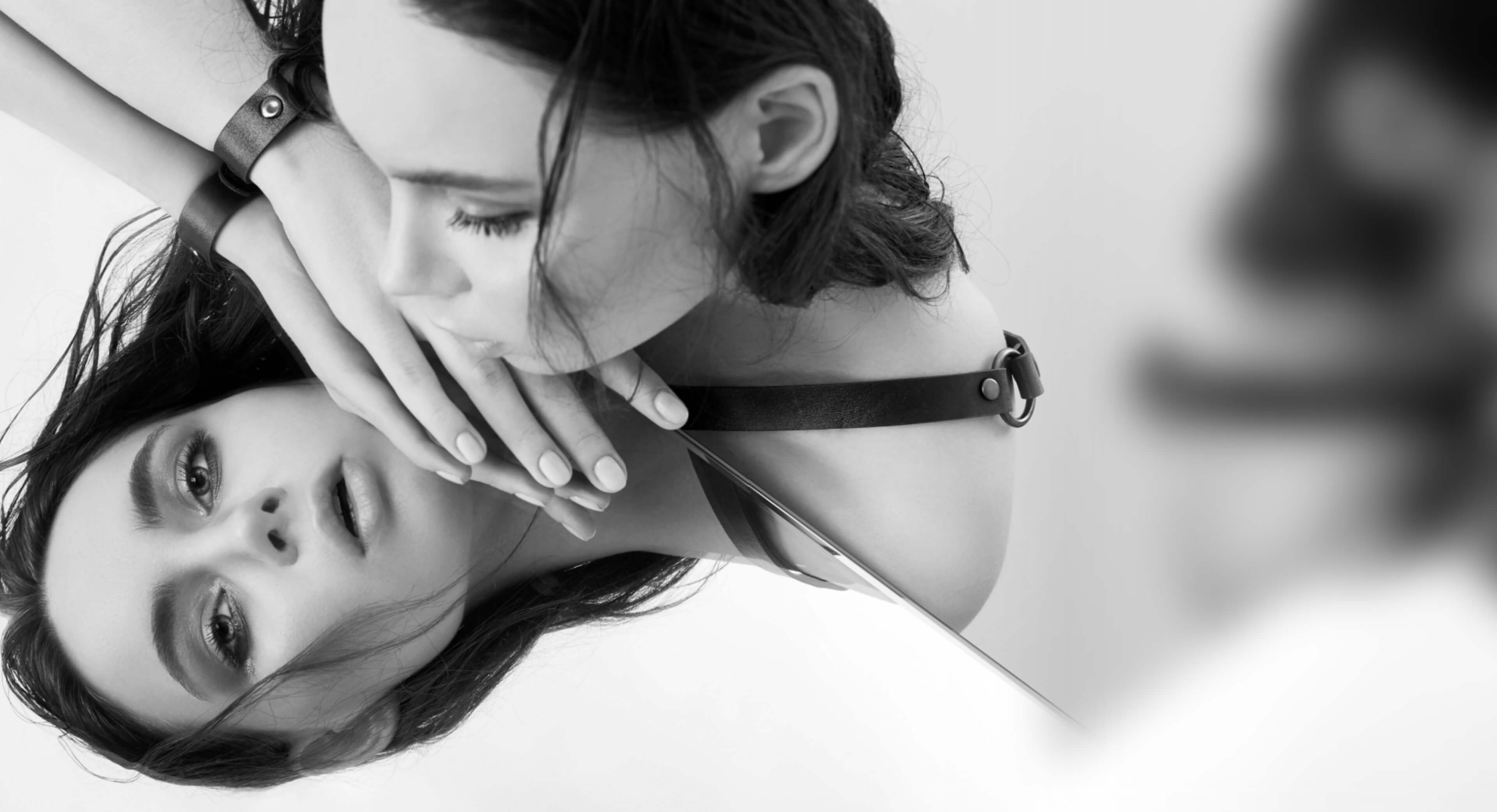Fillers
Consultations offered at our two convenient locations in Lancaster and Los Angeles, CA
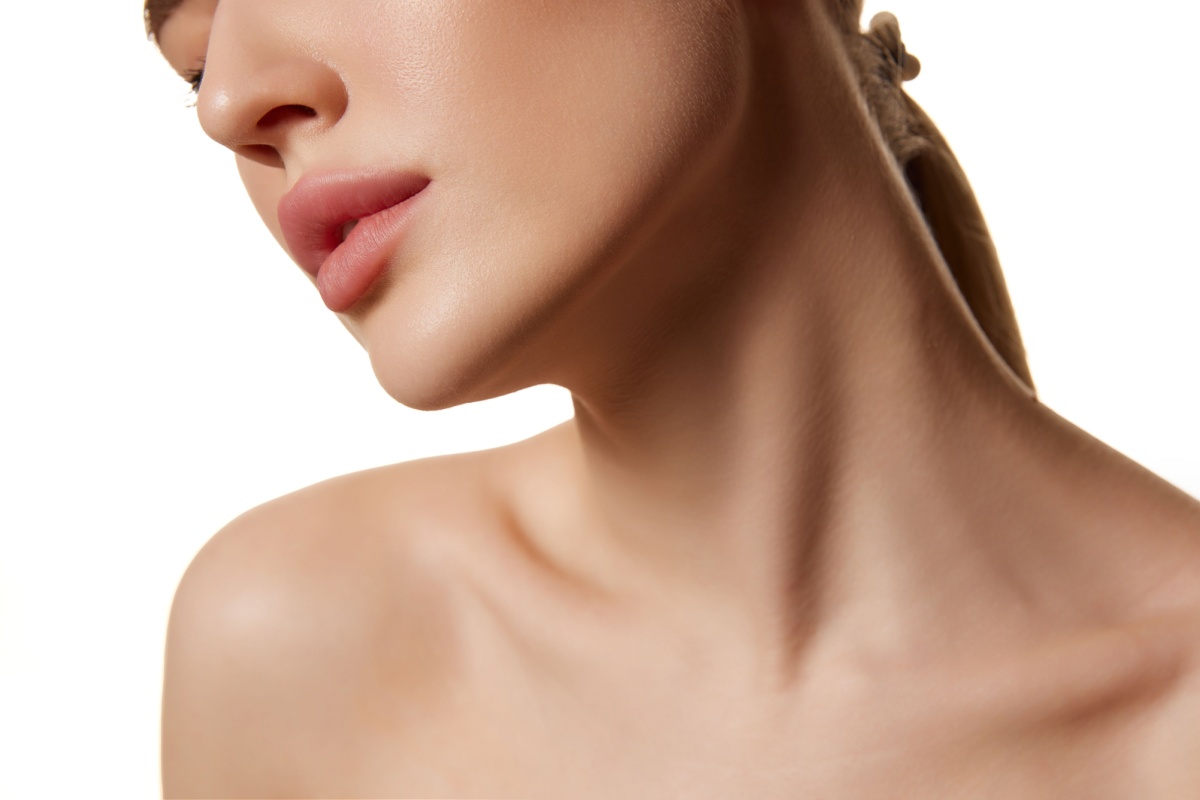
Dr. Sean Satey offers a range of specialized services related to fillers, focusing on enhancing and rejuvenating the face and neck. These services are designed to address various aesthetic concerns and achieve natural-looking results.
Contents
Fillers vs. Neurotoxins
Let’s first talk about wrinkles. There are two types: dynamic and static.
Dynamic wrinkles appear when you express emotions, like surprise, sadness, anger, etc. They fade as quickly as they appear. These include forehead wrinkles, frown lines (between your eyebrows), and crow’s feet.
Static wrinkles, however, remain on the face, and don’t go away with muscle relaxation…and will deepen with age. These include lines across the cheeks, at the corners of the mouth, etc.
With the loss of hyaluronic acid and collagen production with age, and with overuse of facial muscles, dynamic wrinkles progress into static wrinkles.
Neurotoxins (Botox, Jeaveau, Xeomin, Dysport) help prevent the movement of muscles by blocking signals from nerves that cause muscles to contract. Thus, they prevent movement, and aid in the elimination of dynamic wrinkles.
Fillers (Juvederm, Restylane, etc) help fill voids and deficits in collagen/hyaluronic acids. They help replace the lacking volume and rejuvenate the face.
Different Cosmetic Filler Categories
According to the FDA, there are 4 main categories:
- Hyaluronic Acid Fillers- based off of sugar molecules that bind water
- Calcium Hydroxyapatite Fillers- based on minerals, similar to our bones
- Poly-L-Lactic Acid Fillers– based on dissolvable synthetic molecules, similar to dissolvable sutures
- Polymethyl Methacrylate Beads– permanent, and can be used solely around the mouth
My personal preference is hyaluronic acid-based fillers! They’re a soft, non-animal-based, gel-like injectable material that closely resembles the hyaluronic acid in our bodies.
Different Kinds of Cosmetic Fillers
My go-to category of dermal fillers is Hyaluronic Acid based. And of those, my favorite brand is the Juvéderm line.
The Juvéderm line is comprised of several different kinds of fillers: Ultra, Ultra Plus, Volbella, Vollure, and Voluma.
Each filler has a different level of cohesiveness, molecular size, and consistency. This allows for each filler to be used in different areas of the face. For example, Voluma has a higher density and mostly resembles bone- thus, it’s best used for chin, jawline, and cheek augmentation. Ultra, on the other hand, has a lower density and is much softer- and is best used for the lips.
Each kind of filler also has a different duration. Some fillers will last approximately 9 months, while others may last up to 18 months! Something to also note is- the XC designation on the fillers! XC implies that the filler has lidocaine mixed in. What this means is, as the filler is injected, you become more and more numb- and the process becomes easier and easier.
Filler Demonstration
Did you ever wonder how much 1 syringe of filler is when compared to a teaspoon?
This video demonstrates exactly that.
One syringe of filler is only 1cc or 1mL of quantity.
With that being said, 1 syringe can go a long way! It all depends on where you’re placing the filler. For example, 1 syringe can be plenty in the lips whereas it may not even touch the surface when enhancing your jawline.
Each filler has a different malleability profile. When you’re watching this video, check out the consistency and texture of the gel-like substance!
Can Fillers Migrate?
A commonly asked question is whether fillers can migrate from their injection site.
The answer is YES.
This can happen if the area is either overfilled or if the injections are in the wrong anatomical plane. This is why it’s really important to undergo placement of fillers and Botox by an experienced injector.
There can also be the illusion of filler migration through swelling of the adjacent tissues! That’s a foreign body reaction to the placement of the filler. While this is oftentimes short-lived and may last a few days to weeks, it may last longer in more sensitive patients. For this reason, I always recommend starting slow.
Cheek, Chin, and Jawline Rejuvenation
Surgery isn’t for everyone. For that reason, we have non-surgical options for cheek, chin, and jawline enhancement.
As we age, we not only lose collagen and fat in our face, but we also lose bone volume as well.
Fortunately, both are replaceable!
Certain fillers mimic bony structures and others mimic soft tissues. This allows for the enhancement of the cheek, chin, and jawline by ensuring proper proportionality of the face.
Adding volume to the face will also help alleviate skin redundancy to a certain point.
These enhancements will then allow for a well-rested and balanced appearance to the face.
Hand Rejuvenation
In different videos, we covered non-surgical anti-aging techniques of the head and neck which include neurotoxins (Botox), fillers, and thread lifts. We also covered surgical techniques, such as face and neck lifts.
Today, let’s discuss hand rejuvenation- a common telltale sign of aging.
Hand rejuvenation is performed through the strategic placement of fillers within the dorsal (non-palm) aspect of the hand. This allows for subtle contouring of the hand, elimination of crepe-like appearance of the skin, and blunting of skin wrinkles. It also allows for minimizing the appearance of tendons and veins of the hand!
The procedure itself will hydrate the skin, and is quick, painless, and may last up to 18 months.
Fillers and Pain: Explained
A common misconception is that fillers are painful! They’re not! We have several different modalities that are available to us at the time of filler injections!
Numbing creams – I compound my own formulation of Benzocaine, Lidocaine and Tetrocaine to help alleviate injection site pain!
Nerve block – similar to what the dentists do; blocks the key nerves that provide pain sensation.
Vibratory stimulus – this helps distract my patients!
Most of the fillers I utilize have numbing medication (Lidocaine) mixed within them. So, as the procedure ensues, you’ll feel less and less.
FAQ
Are Fillers Safe?
Fillers are generally considered safe when administered by a qualified and experienced medical professional.
How Long Do Filler Results Last?
The duration of filler results can vary depending on the type of filler used, the area treated, and individual factors such as metabolism. Generally, fillers can last anywhere from 6 months to 2 years.
What Are The Common Side Effects Of Fillers?
Common side effects of fillers may include temporary redness, swelling, bruising, and tenderness at the injection site. These typically resolve within a few days to a week.
